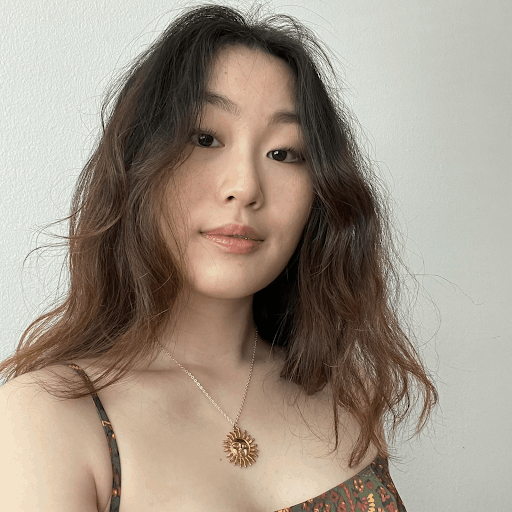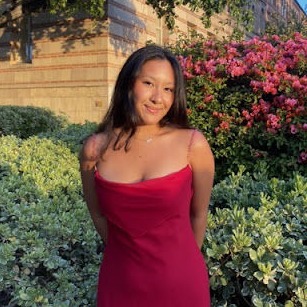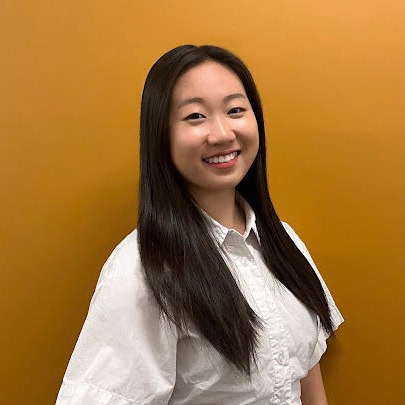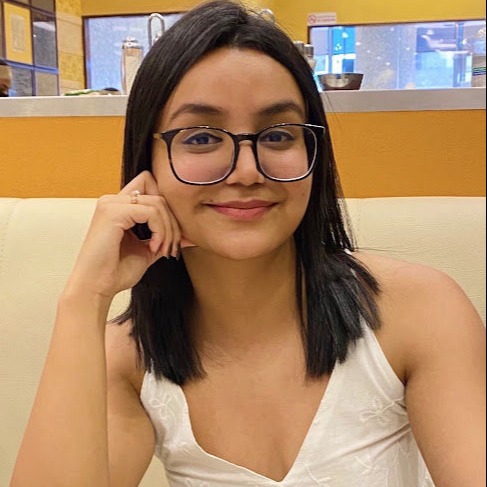
Irene Chung
Project Manager & Web Designer
Hi! My name is Irene and I am a third-year Psychology major who is minoring in Digital Humanities. As the Project Manager and Web Designer, I oversaw our project’s planning and implementation while facilitating clear and effective communication between our team, teaching assistant, and our professor. I also designed our website’s graphics and logos using Canva and created data visualizations using Tableau! Since project management entails everything from choosing the direction of our research to ensuring that our narrative remains ethical and conscious of our audience and surveyed demographics, I took extra steps to educate myself and my team of the potential implications of our research.

Jennifer Bough
Content Developer & Editor
Hi, my name is Jennifer and I am a third-year Sociology major with a Digital Humanities minor from New Jersey! As the content developer and editor, I oversaw the construction of our argument and the integration of our visualizations into our narrative, along with editing the entire project to ensure a smooth flow for the audience. I worked with the entire team to find academic sources to enhance our narrative, as well as create data visualizations that clearly show the evidence we have drawn from our dataset.

